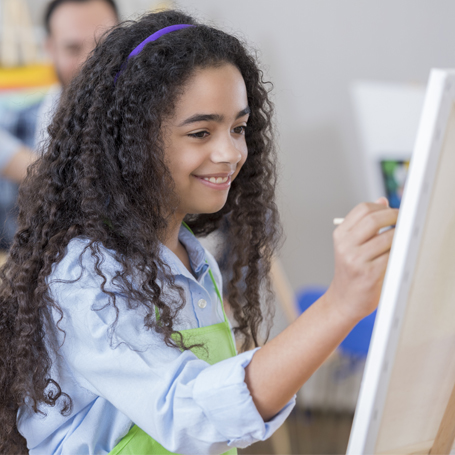
Harmony Week is all about inclusiveness, respect and belonging for all Australians and is the perfect time to educate students on the importance of diversity. Here are six fun ways you can celebrate cultural diversity in the classroom.
School celebrations
Hold a cultural day
Research shows that the most effective cultural programs are where students engage with people from diverse cultures to develop intercultural intelligence1. A cultural diversity day is a great opportunity to highlight different cultures and traditions. Organise performances, games and presentations where students can contribute and learn from each other. You can access the Harmony Week event planning kit and online promotion kit to help organise and promote your event.
Have a mufti day during Harmony Week
Encourage students to wear a piece of traditional or cultural clothing for mufti day. Alternatively, ask students to wear orange to represent Harmony Week. This colour was chosen as it traditionally signifies social communication, meaningful conversations, freedom of ideas and mutual respect.
Fun activities
Arts and craft
For primary school students, print a blank hand stencil for each student. Encourage them to decorate their hand with the flag of the country their family is from. Alternatively, print blank stencils of the flags and ask students to colour them in. You can provide them with their own pack of coloured pencils or get creative by supplying paints.
Show and tell
Assign students to do a short show and tell about their family background and culture. Not only is this a great way for students to practice public speaking, but it also provides them with an opportunity to share about different traditions, languages, dishes and other aspects of their culture.
Learning and development
Learning in pairs
Arrange students in pairs and have them interview each other to learn more about the other’s culture and background. Suggest a few starting questions such as “what country is your family from? What is the native language? What are some of your favourite dishes and traditions?” This connected learning opens doors for sharing and exploring the world while never really leaving the classroom.2
Invite a guest speaker
Research suggests using a guest speaker as a pedagogical tool creates an active learning environment where students are prompted to use critical thinking.3 Invite a credible guest speaker to share about their experiences. Remember to allow enough time for students to ask questions and interact with the guest speaker in an open conversation.
When you purchase supplies for your school, you can make a difference and support diversity by buying products from First Nations organisations. We partner with several certified brands to help create positive social and economic outcomes for First Nations communities. View our comprehensive range of products from First Nations suppliers here.


References
1OECD, 2018, ‘PISA Global Competence Framework: Preparing our Youth for an Inclusive and Sustainable World’, <https://www.oecd.org/education/Global-competency-for-an-inclusive-world.pdf>
2Battista, A., 2019, ‘5 Reasons Why We Should Teach the Value of Cultural Heritage to High School Students’, <https://culturalheritagethroughimage.omeka.net/5-reasons-why-we-should-teach-the-value-of-cultural-heritage-to-high-school-students>
3RMIT University, 2021, ‘Inviting a Guest Presenter to your classroom’, <https://www.learningandteachinghub.com/blog/toolbox/inviting-a-guest-lecturer-to-your-classroom/>